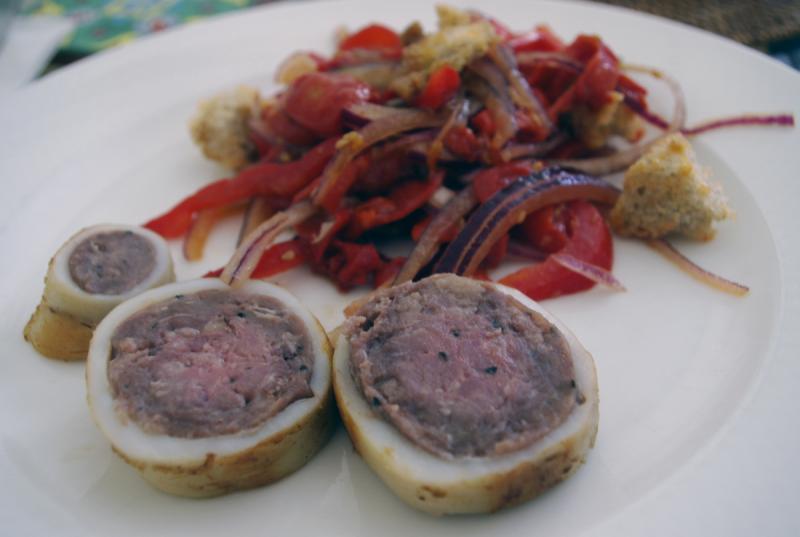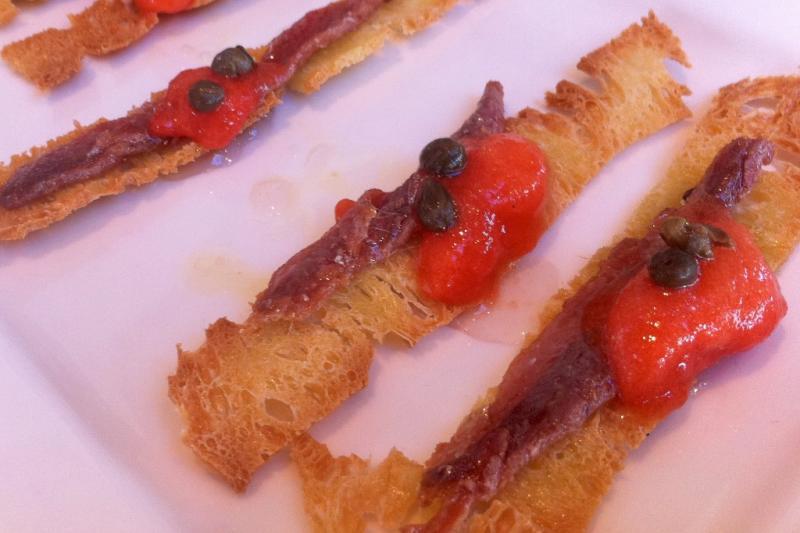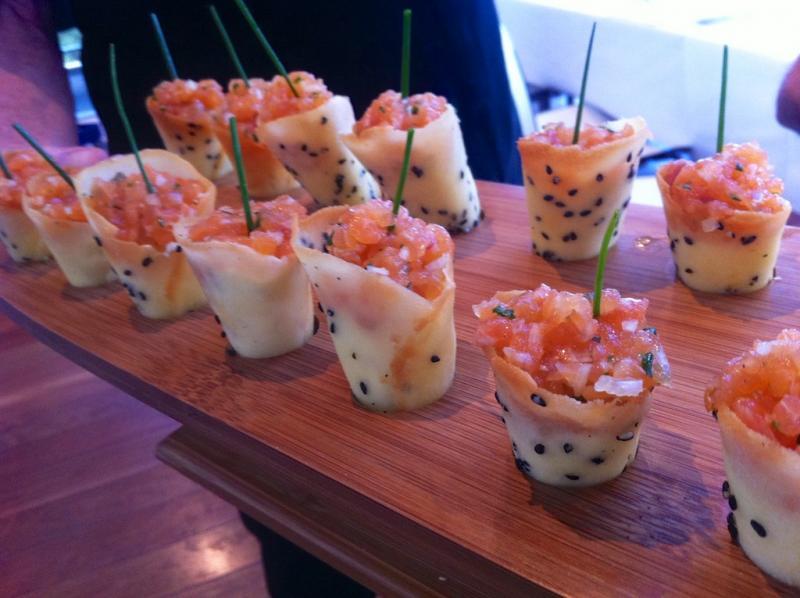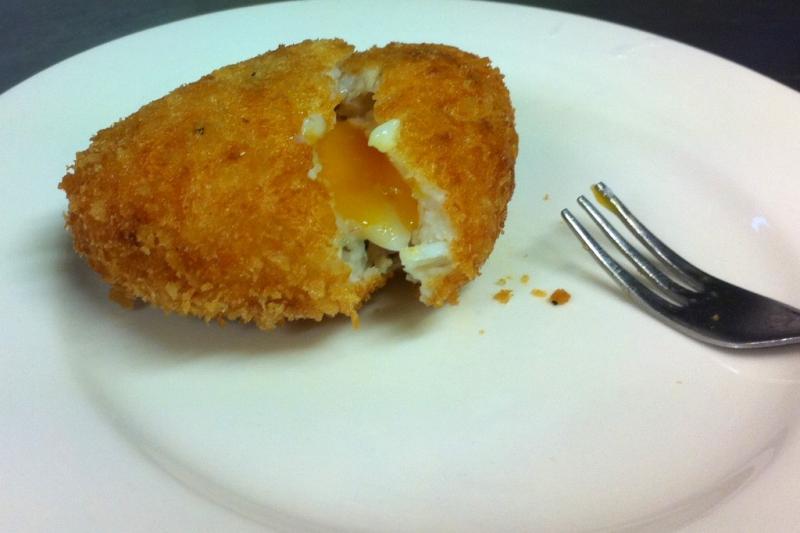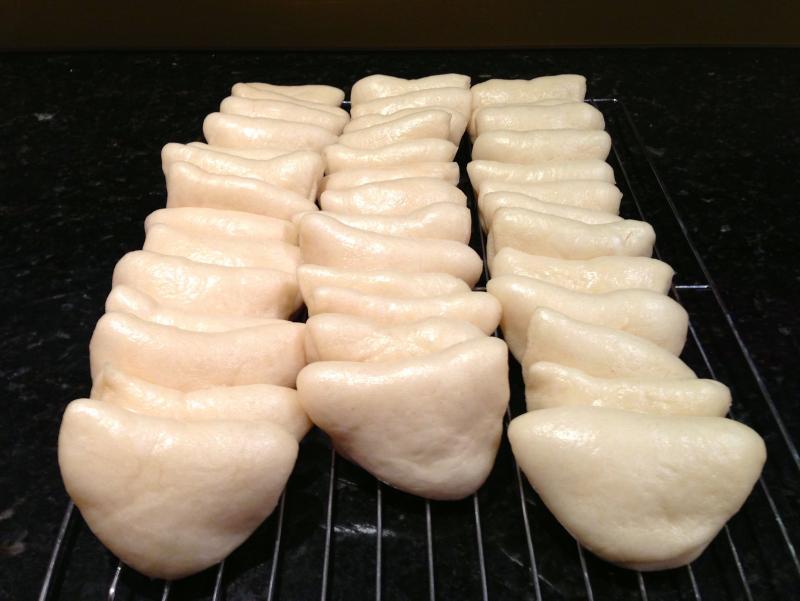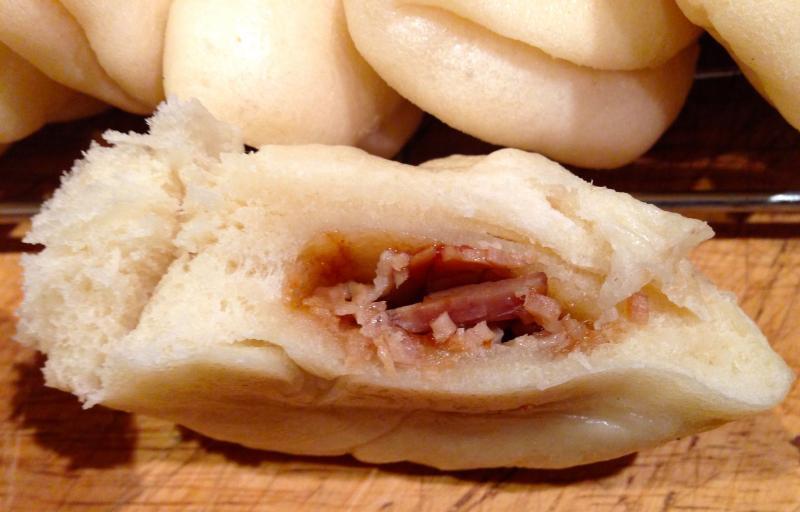-
Posts
2,606 -
Joined
-
Last visited
Content Type
Profiles
Forums
Store
Help Articles
Everything posted by nickrey
-
A lot of people on eGullet use this torch.
-
Perhaps it's cultural, what is it about the food culture that is different in India? Is it that the chefs are deemed less important than the food? It is really only in the past thirty years that chefs have gained priority in western cuisine; more so since the advent of food channels. Is there an equivalent of TV-based Indian food celebrities to that which is seen in the West?
-

Cookbook owner's dilemma: buy, borrow, ebook - what's fair?
nickrey replied to a topic in Cookbooks & References
Check out www.booko.com.au (sorry couldn't get link to work, you'll need to type in address). They check many different sources for books, combine the purchase cost with postage and give you a list of providers from the cheapest to the most expensive. I use it all the time to buy cookbooks at the best price. -
How about Atul Kochhar, Tarla Dalal, Sumana Ray, Pushpesh Pant & Anjum Anand?
-
I looked up Smokehead on its website and it is claimed to be a "rich, seaweedy, and intensely peaty whisky." Comes from Islay, Seaweedy flavour -- sounds like iodine to me.
-
Looks delicious. Do you think the sous vide helped tenderize the calamari?It works well to tenderise it. I'm going to do up some marinated calamari soon and plan on cooking the rings sous vide before adding the marinade.
-
Agreed, but all the others have it to some extent.
-
The smoke comes from the burning peat used to dry the malt. Peat is used on Islay because there is little else in the way of fuel. Because it is an island, the subsequent distillate is stored in barrels that are exposed to the sea air. The sea air contains the elements that give the iodine taste. So no, it's not likely that you will find an Islay, intensely smoky, malt that doesn't have at least some elements of the medicinal flavour. It's the inherent nature of the beast. That being said, some whiskies have less of this than others. Perhaps you should seek one in which it is less pronounced.
-
I'm reposting this from the dinner thread (this link). Calamari stuffed with Chorizo. Cooked sous vide for three hours at 59C. Chilled in ice bath. Reheated following day and then seared on all sides in a hot frypan.
-
They've not only instigated it, they've done the study. It can be downloaded from the web page link referred to above. It appears that they've looked at it because they have identified a deficiency in their current models and data. This is a sensible thing to do. If you read the article, they refer to Douglas Baldwin's work as well as to available apps such as sous vide dash, written by another contributor to these forums. Being an apparently conservative government agency, they've identified areas that they think require further exploration in order to improve their models and guidelines. Other jurisdictions have simply got on with it and created guidelines; for example, this guide was created in my home state of New South Wales.
-
I very much doubt that you are going to cook at either of those limits. If they say food safe from those temperatures rather than just they won't disintegrate within that temperature range, you should be free to use them.
-
Cooked appetisers for one of my food groups, the Escoffier Society. Started with anchovy toasts with smoked tomato sorbet. Continued with Keller Salmon Tartare Cornets (they are in an ice-cream holder so the cones continue below the wood). My recommendation is to stay away from these in humid weather; they worked well but would not have lasted much longer. Finished with quail scotch egg in crab and scallop forcemeat. The yolk ran out more than that but it was viscous as it was cooked sous vide.
-
Having been to Momofuku Seiōbo in the past few weeks and trying the pork bun, I've been dying to make it at home. I made up the pork belly earlier in the week and today was bun day. The mixture recommended in the cookbook makes fifty buns. This is my stash (less a few that made it into pork buns and a few that I decided to sacrifice to try out a more conventional pork bun to see what the dough was capable of). This is a picture of the momofuku style buns: This is a more conventional type pork bun cut in half to show the texture: The buns worked extremely well, as did the pork belly. I agree with Scottyboy that it is good to follow the instructions in the book but I'd add a few caveats: First, David Chang is very tactile and accurate in his descriptions. Listen carefully if he says that the pork belly needs to be spring like a pillow when it is finished cooking. Similarly, his description of the bun dough as coming together on the dough hook and not being too tacky is very accurate. This leads into my other hint. As with all dough recipes there is an illusion of accuracy in measuring. Particularly with the US cup measurements, which are so inaccurate they are frustrating. I consulted the web to get equivalents for metric measurements but this led to a dough that was far too sticky. I wound up adding over 100g extra flour to get the mix correct. Even then when I went to shape the dough, it was not suitable for a rolling pin as was. I wound up squashing the dough balls into a disk shape using (dry) hands. I then used my (clean) cappuccino chocolate shaker filled with plain flour and lightly dusted the surface. This allowed me to roll the dough out into an oval as instructed. I then used a lard dipped chopstick to execute the fold, as directed. They worked extremely well with this minor modification and, as can be seen, were very light and an ideal counterpoint to the pork and pickle textures. 42 buns have gone into the freezer in vacuum bags. I adjusted the timing to get sufficient vacuum to remove most of the air, but not sufficient to crush the buns.
-
Eight hours at 52C is risky from a food safety perspective. To quote Douglas: "the common food pathogen Clostridium perfringens can grow at up to 126.1°F (52.3°C)." Add in temperature error from your sous vide rig and you are potentially adding other pathogens to the mix. To make sure that sous vide is deemed acceptable as a cooking process, let's work to keep it safe. The rule of thumb most of us work to is if you want to cook something over four hours, use 55C or above.
-
I've just ordered Sat Bains' cookbook: "Too Many Chefs and Only One Indian." Amazon UK has it on pre-release but I've managed to locate a hard copy at Books for Cooks in Australia. Part art-book, part cook book, and weighing in at 4kg the book won the Best in the World - Cookbook Design at the Gourmand World Cookbook Awards in Paris. For our US eGulleters, it is apparently available at Kitchen Arts & Letters in NY. For those who have not heard of him, he runs a two Michelin starred restaurant in the UK (Restaurant Sat Bains) that also appears at 97 on the San Pellegrino top 100 restaurants in the world list. I'm really looking forward to exploring the dishes presented in this book.
-
A number of us had a discussion about this issue before Douglas Baldwin published his book. The convention that was agreed upon by that particular discussion group was: 50C/125F rare 55C/130F medium-rare 60C/140F medium 70C/160F and above well-done. This is what Douglas later used in his excellent paper "Sous vide cooking: A review" that was published in the International Journal of Gastronomy and Food Science (2012), Volume 1, pages 15-30. The article is available on-line here. As for other temperatures being used to define levels of doneness, I'd agree with PedroG that everyone has a different definition and 3C is not unusual in terms of differences. The best thing is to work out what you like and use that.
-
Don't know what caused it but the same thing happens in sous vide cooking. The recommendation for stopping it involves brining the salmon before cooking.
-
The Vac-Star SousVideChef II is a pretty new unit, I have read several people is having problems with it, including a friend. I'd personally choose Addélice SWID (in fact I did). Older SWIDs also had problems with the pump, but after a model revision their problems seem solved. It seems that they had some quality control issues in the first production run. I got one of the units with a bent propellor drive shaft. I must say that their customer service was excellent, including dispatching a replacement unit to Australia freight free (I retained the old, semi-functioning unit as it would have been too expensive to send it back). The Vac-Star Unit circulates the water very well and will work with up to 40 litres of water. With freight to Australia, the Sous Vide Chef-II came in under $500. It is, however, a 220-240V unit and I'm not sure that they have a 110V version. Looking at Addelice's site it seems that they also do not have a 110V version.
-
1/3 cup onion for 1 tsp dried, which is basically the same amount as rotuts suggested. But you add a lot more liquid to the mix if you use non-dehydrated onions.
-
I use the same type.
-
I'm in agreement with Michaela here. A geek understands the process so much they can put something together with sticky tape and string that will do a better job than lots of others using the latest equipment. That having been said, if they have the money, they'll have the shiniest, up to date, equipment that is there. Equipment does not define the geek. But they will certainly be attracted to it. What came first, the equipment or the geek? My money's on the geek; the equipment is simply a logical consequence.
-
But I think the boiler is sealed, sort of like a pressure cooker, so that it can also produce steam for milk. In that case, the water could theoretically boil at a higher temp than 212. I have mine set at the same temperature as Mitch. There is an interesting experiment at this web page suggests that without PiD, the boiler goes up to 116C (241F) and swings down to 85C (185F) during the pour. This is why we pid our machines [the swing is restricted from 106C (223F) to 98C (208F) with the pid controller]. Note these temperatures are from the outside of the boiler, not at the point of contact with the coffee.
-
Since when did geek = equipment? Geeks use clever processes outside the mainstream. Books such as "cooking for geeks" talk about modernist techniques, not coffee. Even then although not many have paco jets or blast freezers, a lot of us have chamber vacuum sealers and a multiplicity of strange sounding chemicals to manipulate texture and taste. If you are going to use an alcohol analogy, it's probably better to use beer rather than wine. It can be argued to be more technically precise because you cannot blend away your errors.
-
Have you seen the Modernist cuisine threads? Espresso, ultimate geeky? Not likely. Fanatical? Obsessive? Caffeine driven? Sure.
-
Ddi you buy pre-cooked (ad dried) rice by mistake?


